Exam 2: Development, Navigation, and Antipredator Behaviors in Animals
1/264
There's no tags or description
Looks like no tags are added yet.
Name | Mastery | Learn | Test | Matching | Spaced |
|---|
No study sessions yet.
265 Terms
What primarily controls behavior in animals?
The nervous system.
How can learned behaviors affect the nervous system?
They can cause a buildup of brain neurons.

What happens to neural circuitry when a behavior is lost?
The underlying neural circuitry may also be lost.
What is an example of behavioral change during insect metamorphosis?
A caterpillar stops chewing and crawling behaviors when it becomes a butterfly.
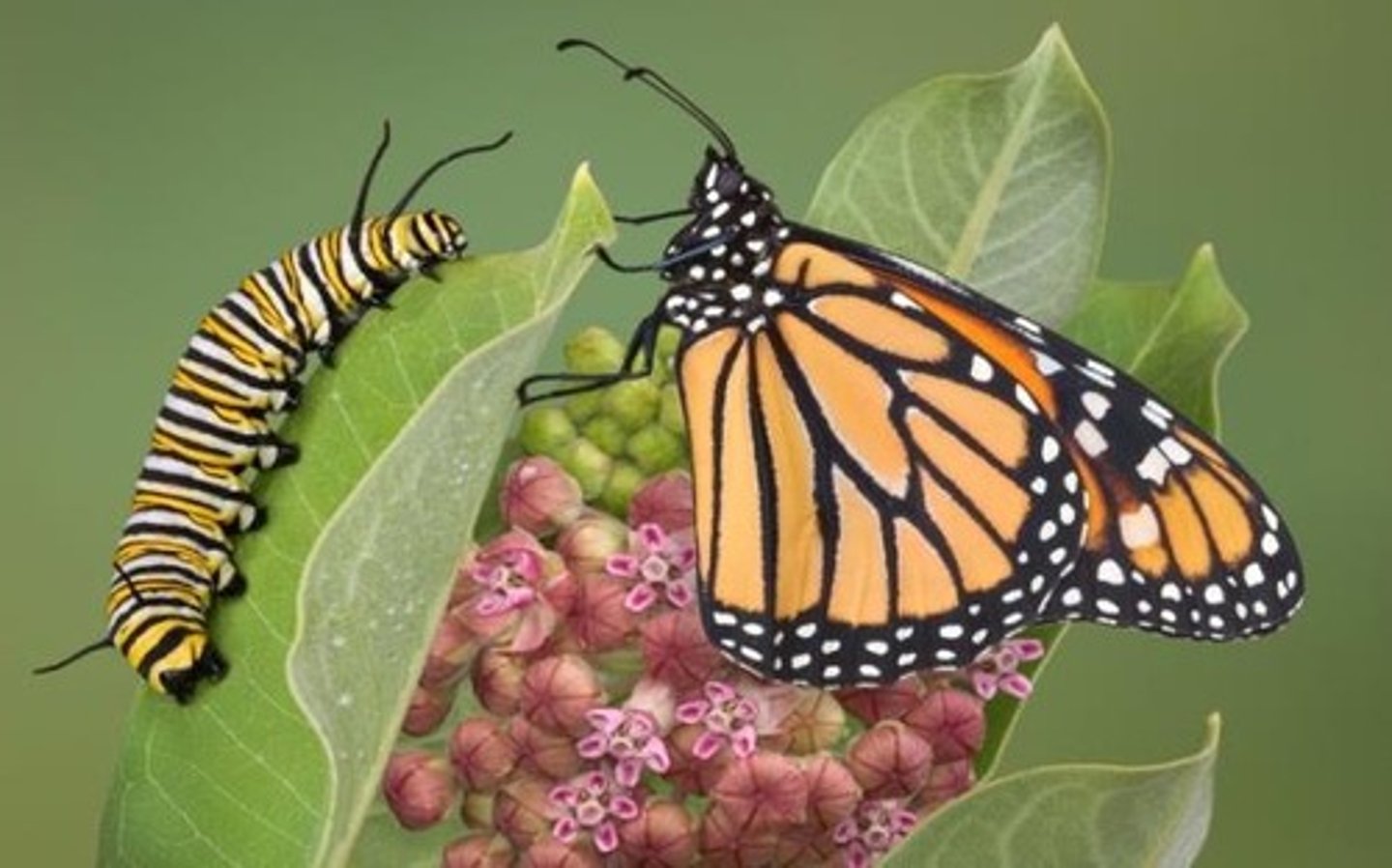
How can hormones influence behavior?
Hormones can affect various behavioral responses and changes.
What morphological changes can influence animal behavior?
Development of new structures that affect feeding and locomotion.
How does size change influence the behavior of Orinoco crocodiles?
Juvenile crocodiles are prey to caiman, while adults become predators.
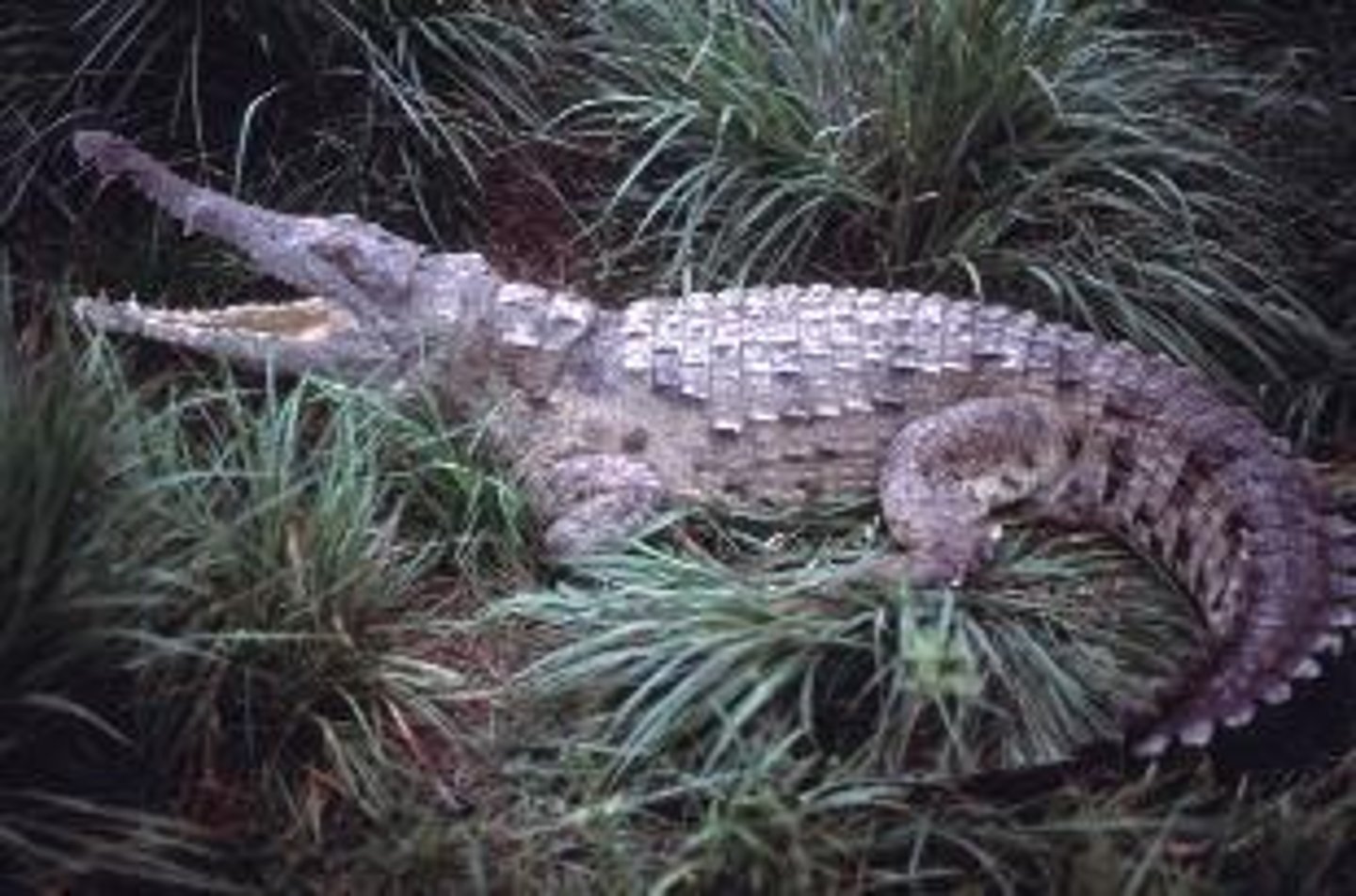
How does the incubation temperature of reptile eggs affect offspring?
It determines the gender of the offspring.
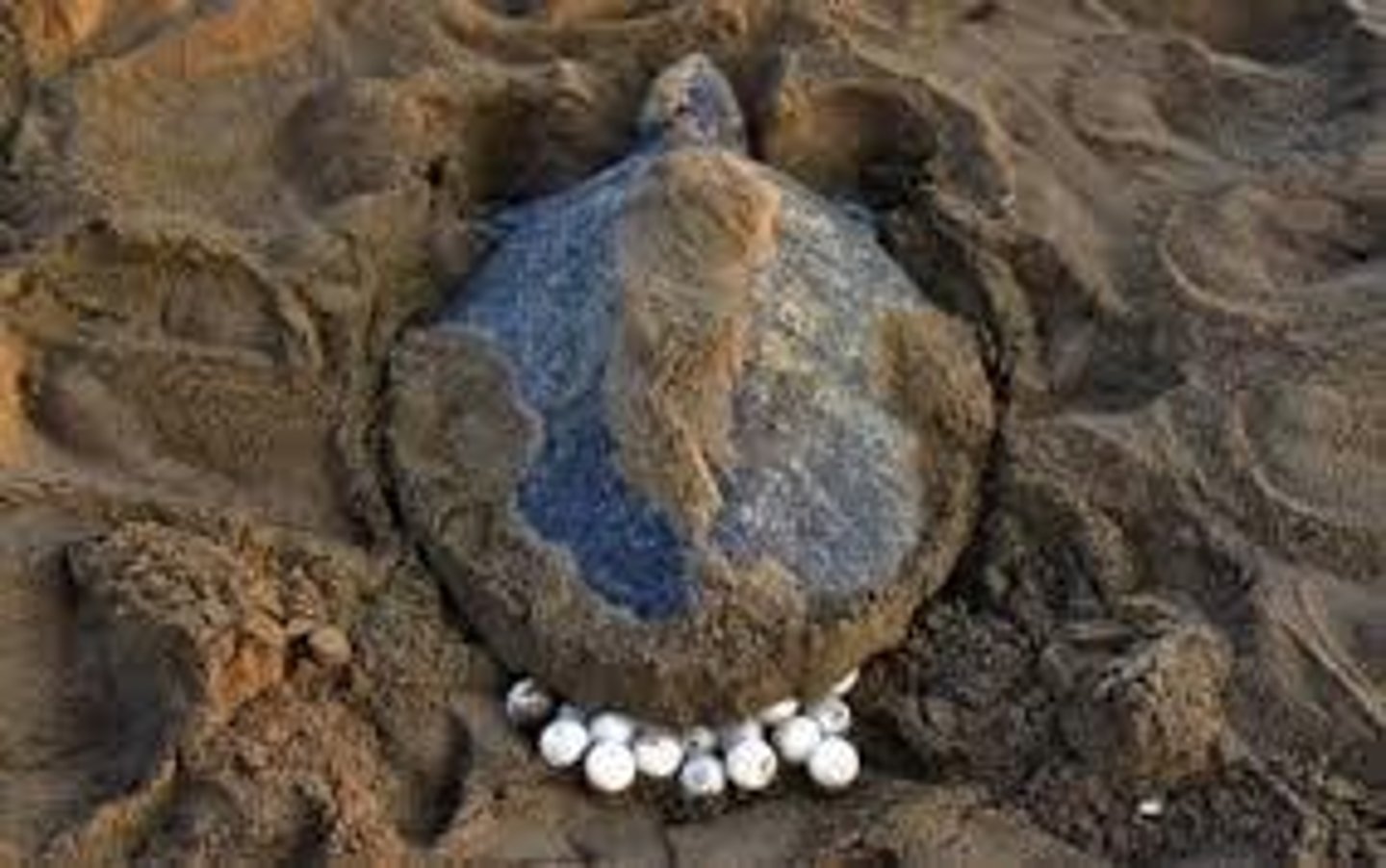
What is the effect of environmental enrichment on zoo animals?
It leads to better adjustment to captivity and improved learning skills.
How does the environment influence territoriality in species?
Species in harsher environments typically exhibit greater territoriality.
What seasonal behavior change is observed in bears?
Bears show seasonal changes in feeding strategies.
What social factors can influence animal behavior?
Factors include social status, rearing conditions, and competitors.
What is the definition of play in psychology and ethology?
A range of voluntary, intrinsically motivated activities associated with pleasure.
In which types of animals is play behavior primarily found?
Primarily in mammals, but also in some birds, reptiles, and octopi.
What is attunement play?
Play that establishes a connection, such as between a newborn and its mother.
What does body play involve?
Exploring how an animal's body works and interacts with the world.
What is object play?
Playing with items in the environment, like a crow with pinecones.
What is social play?
Playing with others in activities such as tumbling or racing.
What cognitive benefits does play provide to animals?
It allows for the learning of skills and improving perceptual abilities.
How does play contribute to physical development in animals?
It enhances strength, endurance, muscular coordination, and reaction time.
What social skills can animals practice through play?
Skills such as sexual behavior, grooming, and food acquisition.
What is a sensitive period in development?
An extended time when an individual is more receptive to specific environmental stimuli.
Who originally defined sensitive periods as critical periods?
Konrad Lorenz.
What are the characteristics of sensitive periods?
They are extended, gradual in onset and termination, and vary between species.
What evidence confirms the existence of a sensitive period?
Behavioral performance is significantly worse if stimuli are encountered after the sensitive period.
Can behaviors developed during a sensitive period be reversed?
Yes, they can often be altered or suppressed under certain conditions.
When do sensitive periods typically occur in many species?
Early in life.
What are sensitive periods in animal development?
Sensitive periods are specific times early in life when certain species can learn from their parents and when their nervous systems are still developing.
What internal factors can initiate a sensitive period?
Internal factors include hormonal changes and the establishment of sensory/motor neuronal networks.
What role do external factors play in sensitive periods?
External factors are environmental variables that interact with internal factors to initiate a sensitive period.
Give an example of a sensitive period in Pacific salmon.
Pacific salmon imprint on the odor of their natal stream during the smoltification period, shortly after their olfactory neuronal networks are established.
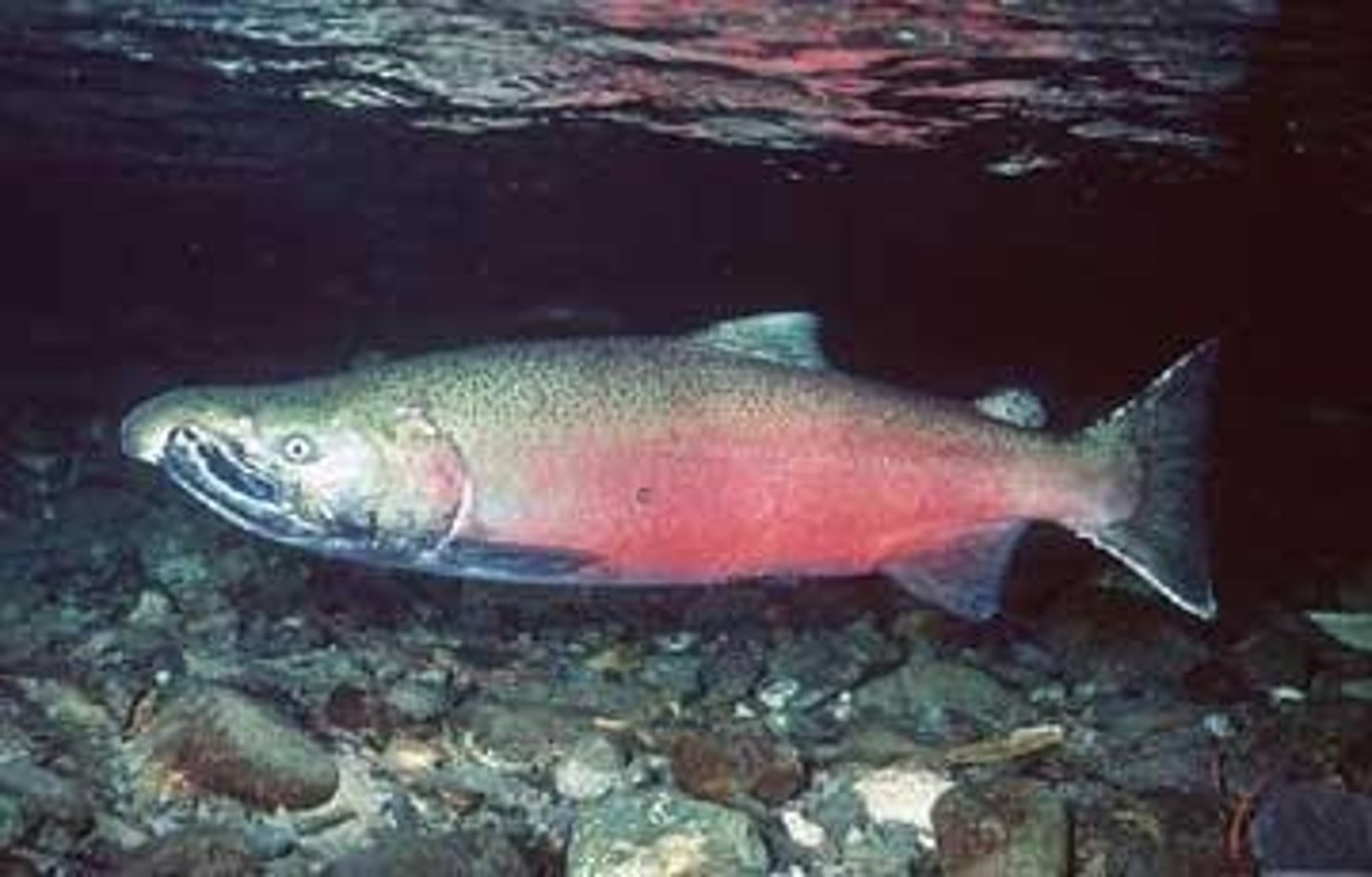
What is the significance of the olfactory neural networks in salmon?
The establishment of olfactory neural networks is the internal factor that allows salmon to recognize their natal stream.
What is a key characteristic of sensitive periods?
A sensitive period has both a starting point and a termination point.
What is one idea explaining the decline in sensitivity during a sensitive period?
Learning is a self-terminating event that causes changes in the nervous system, leading to decreased plasticity.
How does maturation affect sensitive periods?
Maturation can make the body less receptive to the external factors that triggered the sensitive period.
What is imprinting in animal behavior?
Imprinting is rapid learning that occurs during a specific life stage and is independent of the outcome of behavior.
Who is known for studying imprinting in greylag geese?
Konrad Lorenz is well known for his classic studies of imprinting in greylag geese.
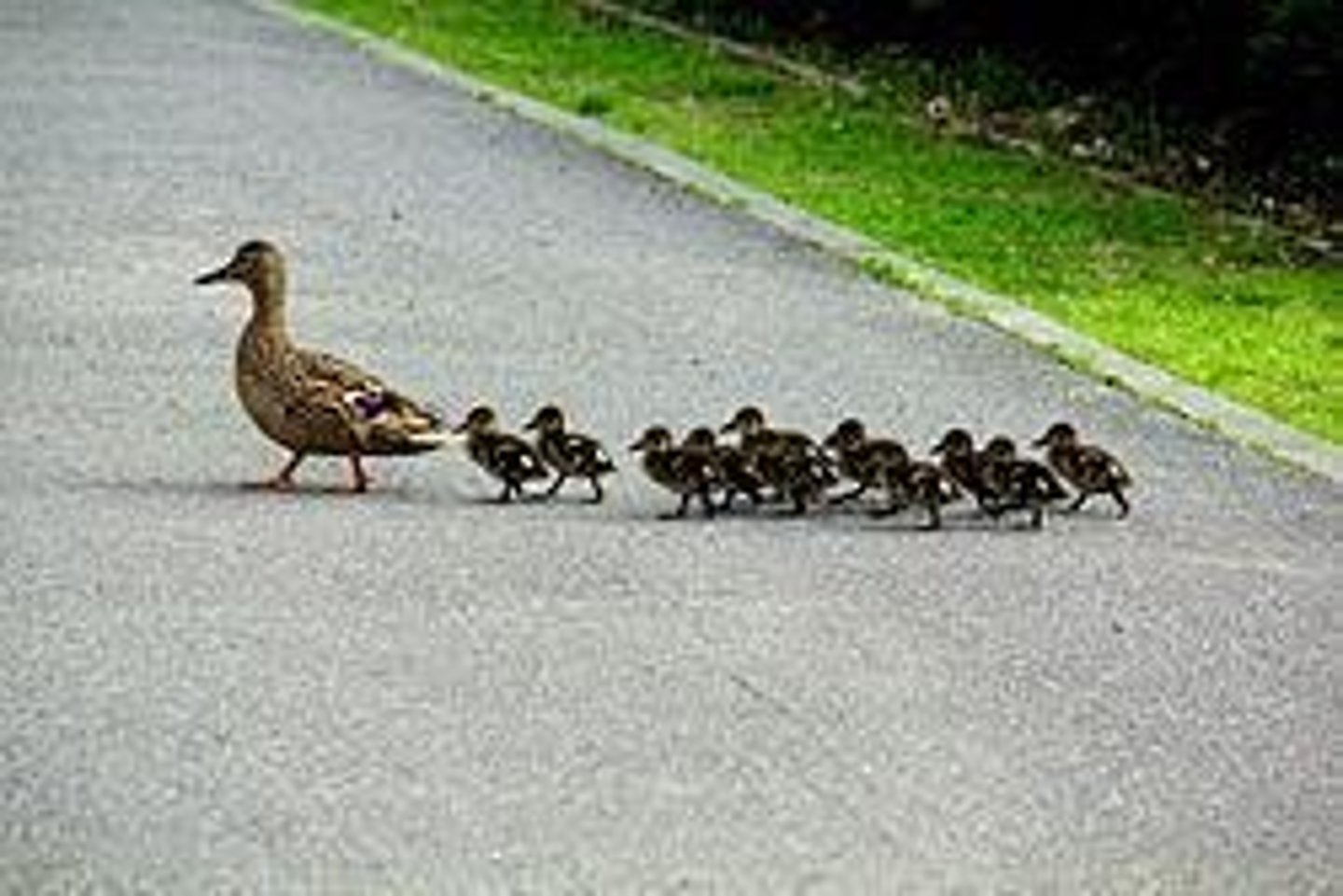
What are the two steps in the imprinting process observed by Lorenz?
The first step is a predisposition to approach objects resembling conspecifics, and the second step is filial imprinting, where the young bird learns to follow its mother.
What is filial imprinting?
Filial imprinting is when a young animal learns to recognize and follow its mother due to repeated exposure during the sensitive period.
What is sexual imprinting?
Sexual imprinting is the process by which a young animal learns the characteristics of a desirable mate, typically occurring after filial imprinting.
Why is sexual imprinting important for young animals?
It helps young animals choose mates that are similar but not identical to their family members, reducing the risk of inbreeding.
What is maternal attachment?
Maternal attachment is a behavior where a lasting bond is established between a mother and her young, often seen in certain mammals.
What is maternal responsiveness?
Maternal responsiveness is the display of maternal behavior when in the presence of her young, occurring during a narrow sensitive period.
What is maternal selectivity?
Maternal selectivity is when a mother directs her maternal behavior only towards her own offspring, also occurring during a narrow sensitive period.
What is brood care?
Brood care refers to parental care in species with large numbers of offspring, such as certain insects and teleosts.
What types of parental care are observed in cichlids?
Cichlids exhibit various forms of parental care including substrate brooders, secretive cave brooders, and mouth brooders.
What is the role of imprinting in parental care?
Parents imprint on the visual cues of their newly hatched young shortly after birth, influencing their care behaviors.
What are biological clocks in eukaryotic organisms?
Biological clocks are internal mechanisms that allow eukaryotic organisms to keep time and synchronize with cyclical environmental variables.
What is the term for biological clocks controlling metabolic cycles without environmental cues?
Endogenous
What happens to biological rhythms in the absence of environmental cues?
They become slightly longer or shorter, known as 'Free Running'.
What does the prefix 'circa' mean in biological rhythms?
It means 'about', as in 'circadian' which refers to cycles of about 24 hours.
What is the most powerful entrainment factor for circadian rhythms?
The light-dark cycle.
What is meant by 'entrainment' in chronobiology?
It is when rhythmic physiological or behavioral events match their period and phase to that of an environmental oscillation.
How do biological clocks exhibit temperature compensation?
They maintain circadian periodicity over a range of physiological temperatures.
What is the Q10 Temperature Coefficient?
It measures the temperature compensation effect of biological rhythms.
What are circadian rhythms?
They are 24-hour cycles that show persistence, entrainability, and temperature compensation.
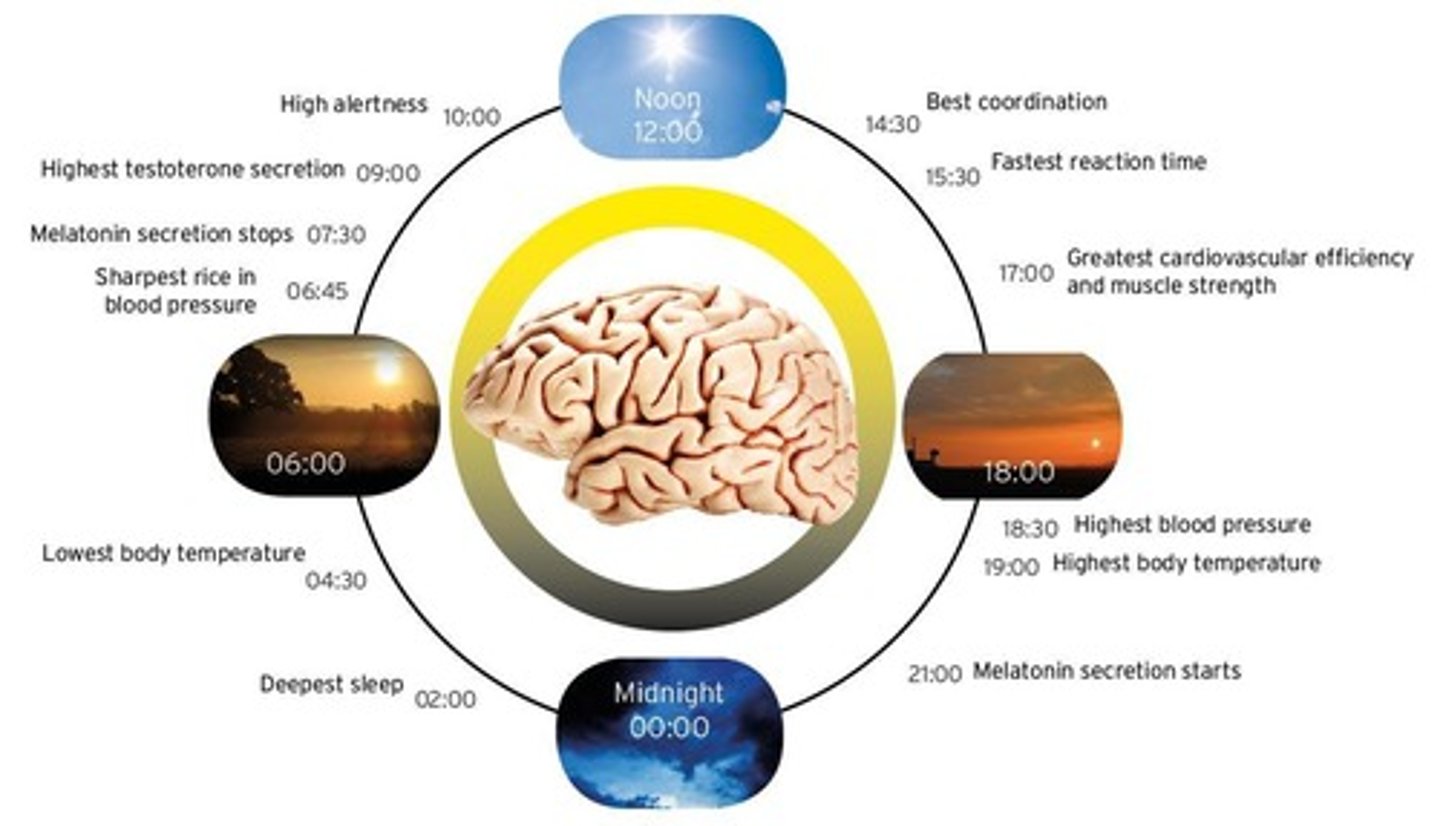
What are the three types of activity patterns in circadian rhythms?
Diurnal (daytime active), Nocturnal (nighttime active), and Crepuscular (active at dawn and dusk).
What are ultradian rhythms?
Rhythms that have a period shorter than 24 hours, such as eye blinks and heartbeat.
What are infradian rhythms?
Rhythms with a period longer than 24 hours, such as menstruation and breeding cycles.
What are circalunal rhythms?
Rhythms synchronized to the lunar cycle, lasting about 29.5 days.
What are circatidal rhythms?
Cycles synchronized by the tides, typically lasting about 12.4 hours.
What are circannual rhythms?
Rhythms synchronized with a 365-day year, affecting body weight, reproduction, and seasonal behaviors.
What evolutionary advantages do biological clocks provide?
They allow organisms to respond to environmental changes, synchronize behaviors with indirect events, and continuously measure time.
How do biological clocks help migratory species?
They allow them to time their migrations to coincide with seasonal food abundance.
What is the significance of biological clocks in honeybees?
They help bees know when to visit flowers that are only open during specific times of the day.
What does 'free running' mean in the context of biological rhythms?
It refers to biological rhythms that are no longer influenced by environmental cues.
What is the role of biological clocks in time-compensated orientation?
They help animals determine how much time has elapsed to navigate effectively.
What is essential for an animal's time-compensated orientation?
The ability to use the sun, stars, polarized light, or constellations as navigational cues.
How do honeybees communicate the location of food sources?
They alter the angle of their dance to reflect the angle of the sun.
Do animals have a single biological clock?
No, animals have multiple biological clocks distributed throughout their body.
What is the master biological clock in rats?
The hypothalamus, specifically the Suprachiasmatic Nuclei (SCN).
What happens to SCN cells when grown in a petri dish?
They fire rhythmically even without external stimuli.
What role does cortisol play in biological clocks?
Cortisol is important for the entrainment of peripheral clocks.
What is the role of photoreceptors in biological clock entrainment?
Photoreceptors help entrain biological clocks to the light-dark cycle.
What hormone is produced in response to light exposure in mammals?
Melatonin.
What is piloting in animal navigation?
The ability to find one's way using landmarks.
Give an example of an animal that uses olfaction for navigation.
Salmon use olfaction to find their natal streams.
What is compass orientation?
The ability to find one's way without using landmarks, relying on an external reference system.
What happens if an animal using compass orientation is displaced?
It will end up in the wrong location based on its set angle of reference.
What is vector navigation?
An inherited program that tells an animal the compass direction to head in and for how long to travel.
What is path integration in navigation?
The process by which an animal integrates information about the direction and duration of each leg of its outward journey to return home.
What is true navigation?
The ability to maintain or establish a reference to a goal without using landmarks, also known as homing.
Name an animal known for true navigation.
Homing pigeons.
What is a common theme in animal orientation systems?
The use of multiple cues, a hierarchy of systems, and transfer of information among various systems.
What are visual cues in animal navigation?
The use of visual landmarks and celestial input for orientation.
How do digger wasps use visual landmarks?
They memorize landmarks like a ring of pinecones to navigate back to their burrow.
What is a sun compass?
A navigational method where animals use the position of the sun as a celestial cue.
What is required for navigation using the sun?
An internal clock to account for the sun's movement in the sky.
What internal mechanism do many animals use for navigation by the sun?
An internal clock to maintain their circadian rhythm.
What is the Sun Compass in the context of sand fleas?
Sand fleas use the sun and their internal clock to determine their heading back to the sea.
What happens when sand fleas are acclimatized to an artificial lighting cycle?
They move 180° in the wrong direction when placed in natural sunlight.
How do honeybees navigate to food sources?
Honeybees use a waggle dance to communicate the range and direction of food relative to the sun.
What is polarized light and how do bees use it for navigation?
Bees are sensitive to polarized light, which helps them navigate when the sun is obscured.
What are the two ways polarized light can be used for orientation?
As an axis for orientation and to determine the sun's position when blocked from view.
How do some birds use the stars for navigation?
Many bird species orient themselves using the night sky and constellations during migration.
What is required for birds to navigate by the stars?
A built-in ability to read star patterns and an accurate time-of-day clock.
What is the significance of the earth's magnetic field for animal navigation?
Many animals, including birds and mammals, use the magnetic field for orientation.
How do homing pigeons utilize magnetic field information?
They rely on magnetic cues when visual cues are limited, such as on overcast days.
What is the polarity compass in animal navigation?
Some animals use the magnetic polarity to distinguish north from south.
What is the angle of inclination and how is it used by animals?
The angle of inclination helps some animals determine if they are moving toward the pole or equator.